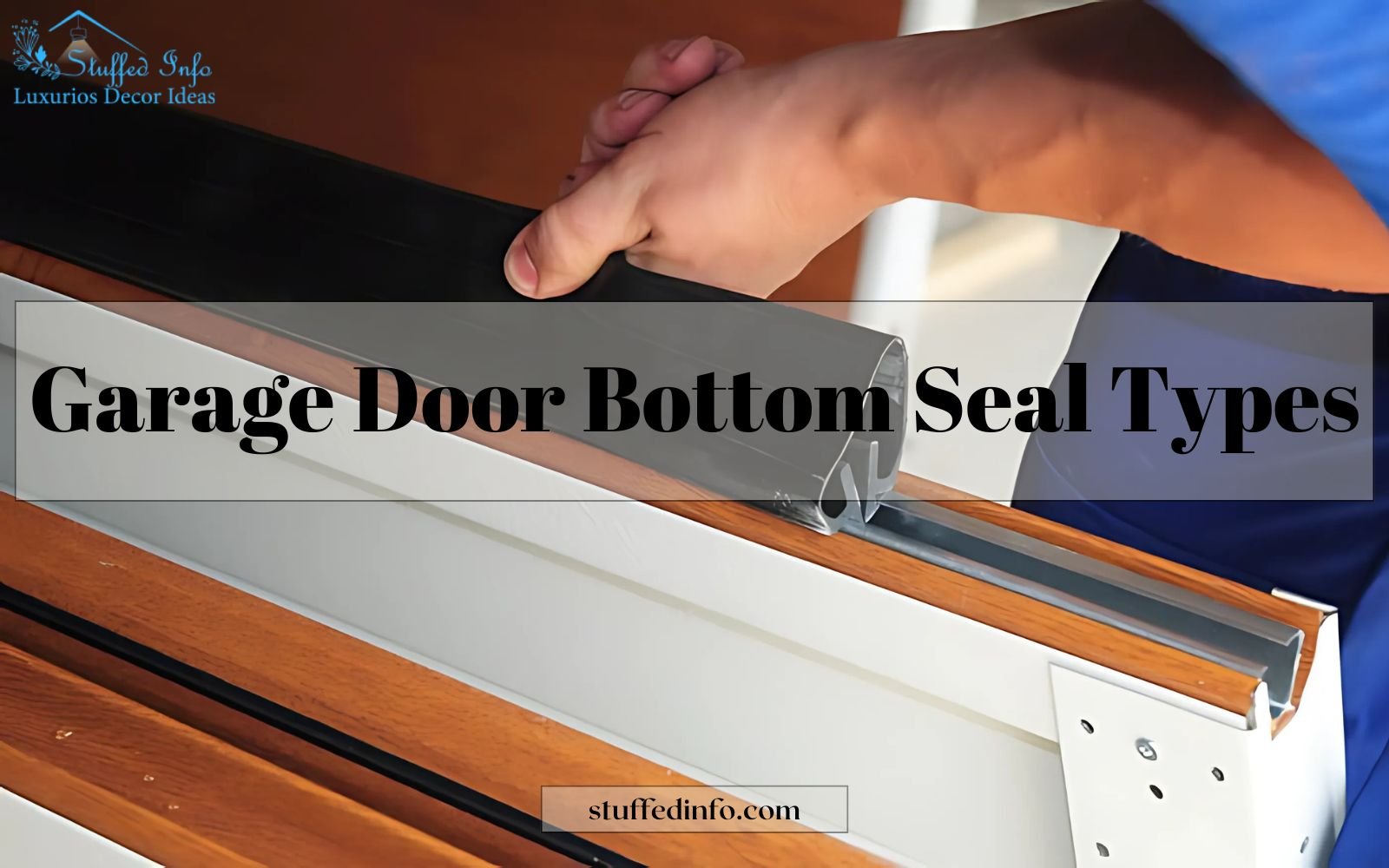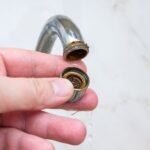Sick of annoying pests and wasting energy around your garage door? Well, you’re in the right spot! If you want to keep your garage neat, energy-efficient, and well-protected, garage door seals are super important. These seals block out dust, water, pests, and chilly air from sneaking in, which makes your garage a safer and cozier spot. It’s key to know the different garage door bottom seal types because each one has its own perks that suit various garage setups. This post will go over the types, how to measure and purchase, plus tips for installing garage door seals like a pro! .
Table of Contents
ToggleWhat Are Garage Door Seals?
Before we get into the garage door bottom seal types, let’s talk about what they really are and why they matter. These handy strips are put along the edges of your garage door to keep out stuff like dust, rain, and pesky critters. Plus, a good seal on your garage door helps keep the temperature steady and can even lower your utility bills, so it’s a smart addition to any home.
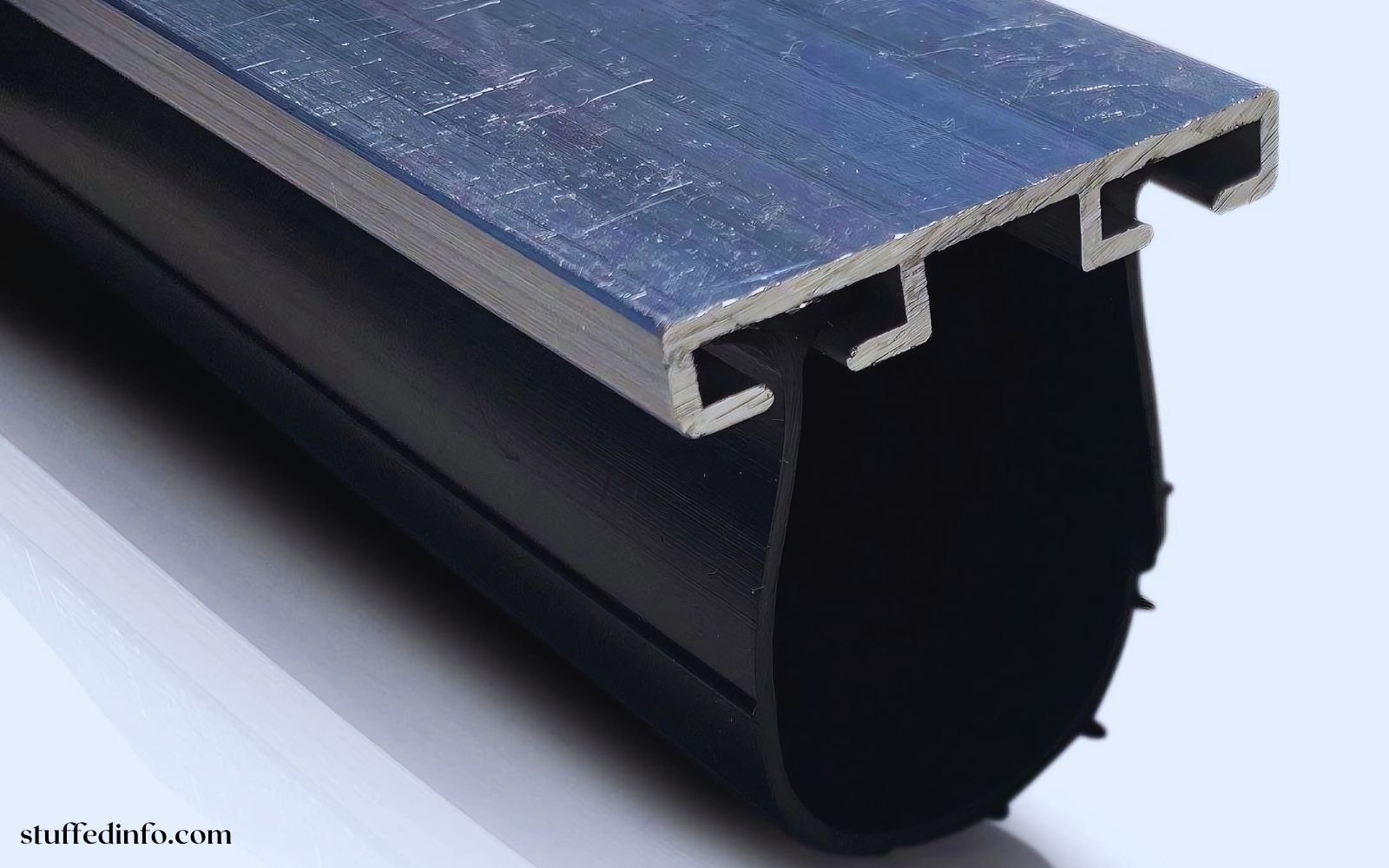
Where Do You Install Garage Door Seals?
Now that we fully understand their purpose, let’s dive into where garage door seals are typically located to provide maximum protection. Generally, these seals are strategically placed to block various entry points:
- Bottom Seals: The garage door bottom seal types are primarily focused on blocking the door’s bottom area.
- Side Seals: Located along the sides of the door, these effectively help create a seal between the door and frame.
- Top Seals: Placed at the top edge, these seals work to provide a complete enclosure from all sides.
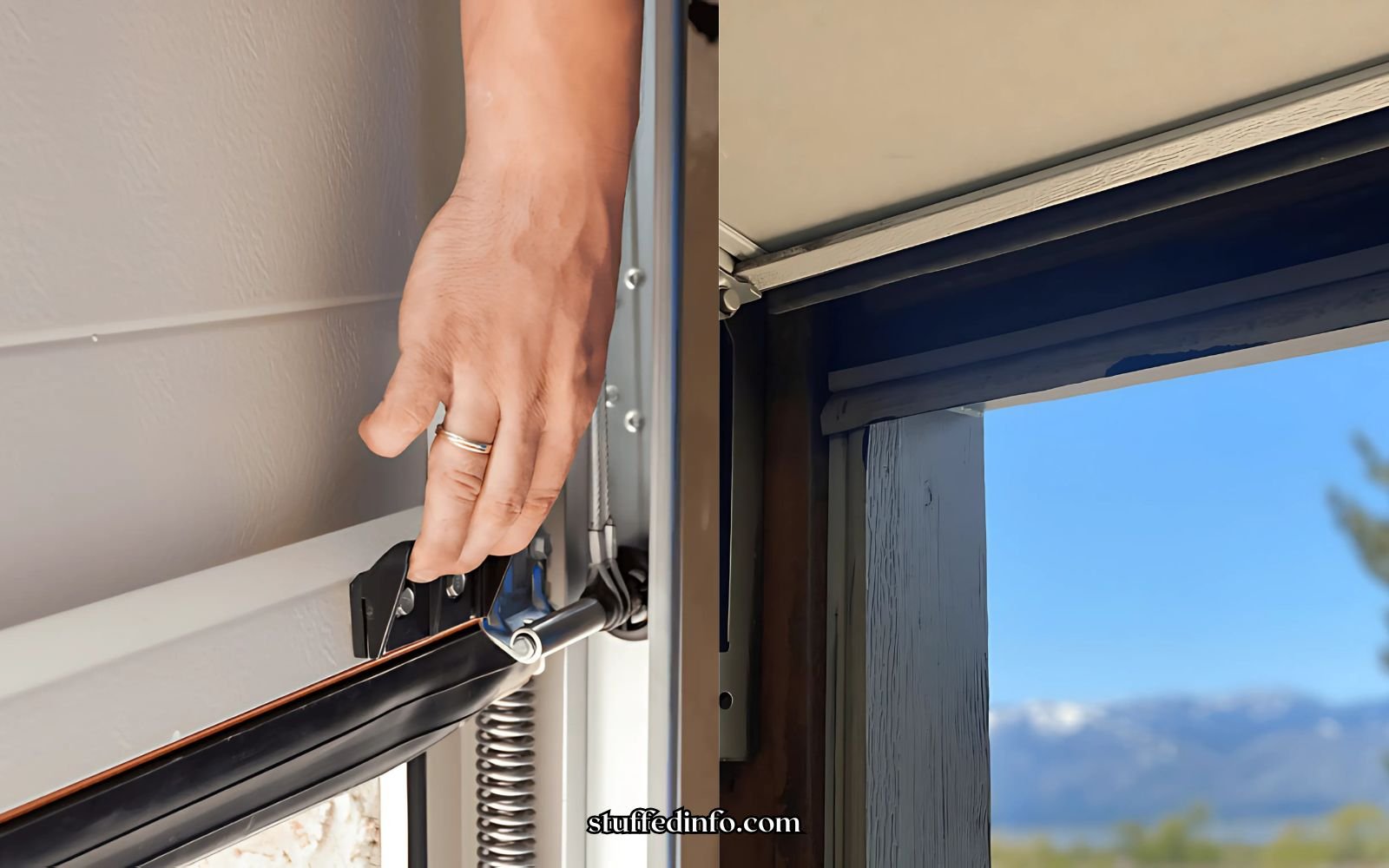
What Materials Are Used to Make the Garage Door Bottom Seal?
Now, let’s dive into the different materials used for garage door bottom seal types to get a clearer picture. After all, each material has its own perks depending on the climate and how it’s used:
- Rubber Seals: Notably, they’re flexible and tough, making them great for colder weather.
- Vinyl Seals: Interestingly, these are tougher than rubber but can stiffen up in super cold temps; they work better in dry and warmer places.
- Foam Seals: Lastly, they’re lightweight and perfect for mild climates, helping keep out the dust.
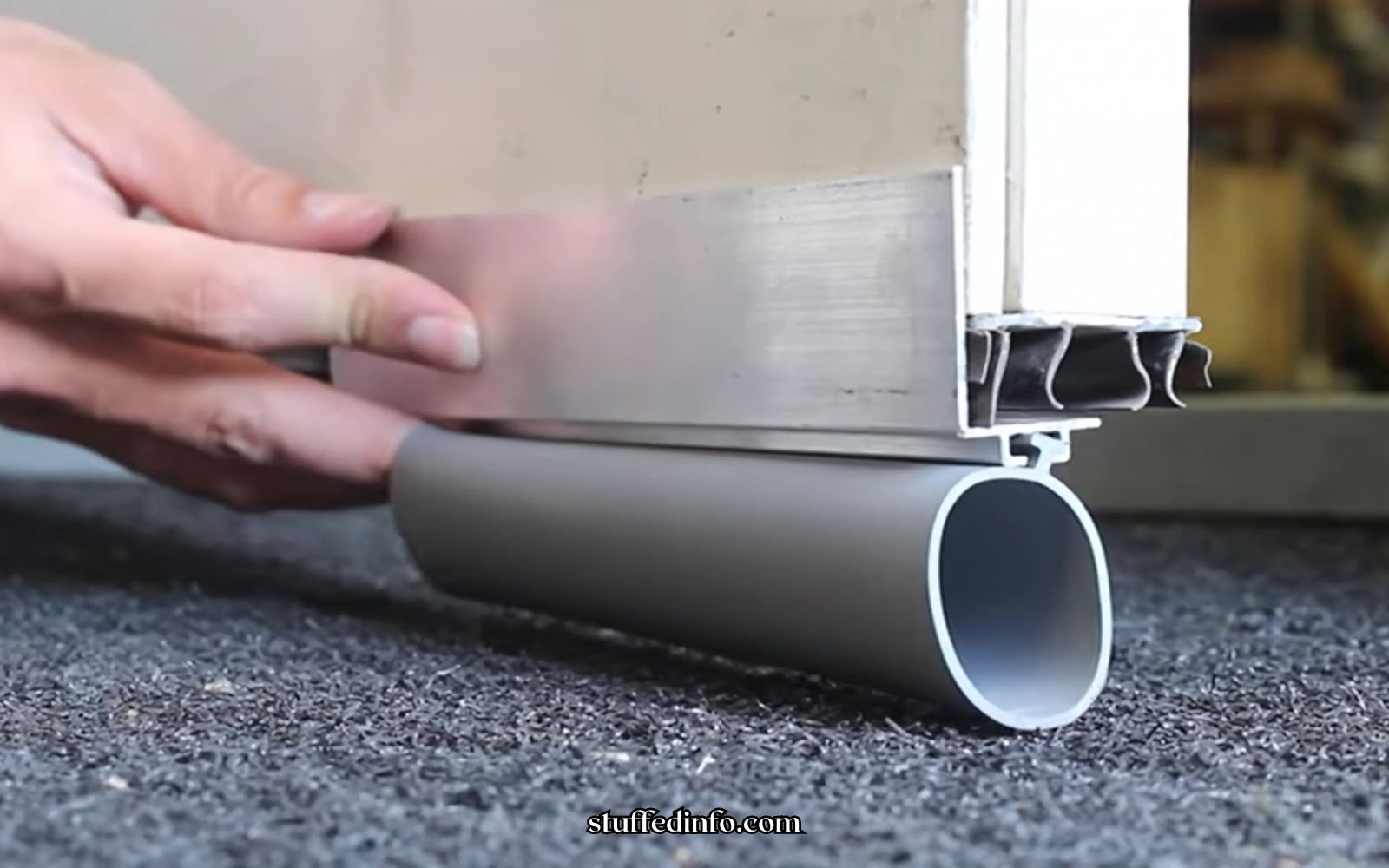
6 Garage Door Bottom Seal Types
Bear in mind which type of seal is best for your garage to get the protection you need. Here’s a quick rundown of garage door bottom seal types. Additionally, get info on their designs, best uses, benefits, and what floors they work with.
-
Bulb Seals
Bulb seals have a rounded shape that compresses against the garage floor, making them perfect for those slightly bumpy surfaces. Their design lets them flex a bit, making a snug barrier that keeps stuff out.
- Best For: Home or business garages where the floors have small height differences.
- Benefits: Super flexible and tough, bulb seals do a great job keeping out dust, rain, and critters. Their ability to adjust to uneven ground lessens gaps over time, ensuring they keep performing well.
-
T-Style Seals
T-style seals come with a T-shaped edge that fits securely into tracks at the bottom of the garage door. Their straightforward design is perfect for flat, smooth floors, making them a solid choice for many standard residential setups.
- Best For: Homes that use basic garage doors and have even flooring.
- Benefits: T-style seals are super easy to work with, simple to install, and widely available. Their tight fit helps save energy by improving insulation. Plus, they’re replaceable, making them a low-maintenance, budget-friendly pick.
-
U-Shape or U-Type Seals
U-shaped seals are quite versatile, sliding over the bottom edge of the garage door to create a solid barrier across the full width. They work well on flat floors but can adapt a bit to minor irregularities.
- Perfect for: Both home and commercial garages that need tough, all-weather protection.
- Perks: U-shaped seals are built for year-round use, guarding against hot and cold temperatures while providing a reliable barrier against moisture, dirt, and pests. Their flexible nature ensures they’re long-lasting and work with various garage doors.
-
Beaded Seals
These seals are specifically designed for garage doors with beaded channels and snap into place easily. They’re mostly used in commercial or industrial garages.
- Best For: Heavy-duty environments like commercial garages with beaded-channel doors.
- Benefits: Beaded seals are made to handle heavy usage, offering a solid seal that blocks moisture and dust while being sturdy against repeated impacts. They’re a reliable choice for garages that need extra toughness and don’t wear out easily.
-
Brush Seals
With dense bristles, brush seals create a soft, flexible barrier that effectively keeps out dust, debris, and small pests. They’re perfect for areas that see a lot of dust or pest activity.
- Ideal for: Garages located in industrial zones or areas that are busy with pests and debris.
- Advantages: Brush seals are great at filling gaps without getting in the way of door movement, making them ideal for windy and dusty places. They’re especially suitable for garages with a lot of traffic, keeping out unwanted stuff while allowing for smooth operation.
-
Retainer Seals
Often made from rubber or vinyl, these seals are designed to stay in place with the help of a retainer. They’re a good option for all kinds of flooring, including slightly uneven surfaces.
- Excellent For: Both home and business garages that prioritize easy replacements and durability.
- Benefits: Retainer seals can be customized, making them a solid choice for doors that require a specific fit or regular swapping out. Their strong seal protects against temperature changes and moisture while providing great insulation, which is perfect for energy efficiency.
Garage Door Bottom Seal Types Based On Flooring
Check out the following table that’ll help you pick the right garage door seal for your floor type.
| Seal Type | Floor Type |
| Bulb Seals | Slightly uneven or bumpy floors |
| T-Style Seals | Flat, smooth floors |
| U-Shape Seals | Flat floors with minor irregularities |
| Beaded Seals | Beaded-channel floors (commercial use) |
| Brush Seals | All floors, ideal for areas with debris |
| Retainer Seals | Various floors, including uneven surfaces |
How To Get the Right Size Of Bottom Seal?
There isn’t a one-size-fits-all solution, but usually, garage door bottom seals come in sizes between 2 to 3 inches wide and 1/2 to 2 inches tall. So, always take a measurement to make sure it fits snugly.
Here are some measurements tips to help you measure and get a new seal:
- Figure Out If You Need a Replacement: First, check your seal for cracks, stiffness, or rips. If you spot any of these issues, it’s definitely time for a new one.
- Decide What Style of Seal You Need: Next, consider the different styles, like T-style and U-shape. Pick one that matches what you already have.
- Measure the Bottom Seal: Then, grab a measuring tape and take note of the width and thickness of your current seal to ensure a proper fit.
- Measure the Width of Your Garage Door: After that, measure the door itself—not just the garage opening—to get the exact size you need.
- Order Your Replacement Seal: Finally, look for seals that are compatible with your specific garage door brand, so you get the perfect match.
7 Tips To Buying The Right Garage Door Bottom Seal
When you’re ready to make a purchase, it’s super important to pick something that works well with your garage’s unique setup. Keep these points in mind as you make your choice:
- Climate Factors: Different seals are better suited for different weather conditions, so consider your local climate carefully.
- Garage Floor Status: Make sure to check for any uneven areas to figure out the best seal type, as this can impact your choice.
- How Often You Use It: If you use the door a lot, go for seals that are tougher, ensuring they can withstand frequent use.
- Toughness: Select materials that can handle a lot of wear, as this will extend the lifespan of the seal.
- Easy to Install: Choose seals that are easy to measure, cut, and put in place, making installation hassle-free.
- Fit: Make sure the seal matches your door type and size, as a proper fit is essential for effectiveness.
- Energy Savings: Some seals can improve insulation and help lower your energy bills, providing additional benefits over time.
Top 5 Garage Door Bottom Seal Brands
If you are looking for a solid bottom seal to keep your garage cozy and protected, we are here to help. Check out these top-rated options to help find the perfect match for your door:
- M-D Building Products 50100: Tough vinyl that is weather-resistant. Additionally, you can snag it at Home Depot.
- Frost King G16H: Sturdy rubber that’s great for bumpy floors and super easy to put in. Furthermore, you can grab it at Lowe’s.
- Bowsen Garage Door Bottom Seal: Flexible U-shape with an O-ring design, built to last. Moreover, you can pick it up at Amazon.
- Earthtec Weather Stripping Kit: Energy-efficient PVC that is easy to install. In addition, you can find it at Menards.
- Clopay Garage Door Bottom Weather Seal: Original replacement that fits various models. Lastly, you can get it at Clopay.
Conclusion
To wrap it up, a reliable garage door bottom seal can significantly boost insulation, ultimately saving you money on energy bills and keeping all the unwanted stuff out. Whether you’re looking for a seal built for tough weather or heavy usage, choosing the right one ensures it’ll work like a charm. So, without further delay, go ahead and give your garage the protection it absolutely deserves!
FAQs
How often should I replace my garage door bottom seal?
Ideally, you should replace your garage door bottom seal every 1-2 years, especially depending on usage and exposure.
Can I install a new seal myself?
Yes, and with the right tools, installing a seal can definitely be a DIY project.
Will a new seal improve energy efficiency?
Absolutely, particularly if it’s been a while since the last replacement.


